
A lunar sample brought back by the Chang'e-5 probe is on exhibition at the Hainan Chronicles Museum, Hainan province, on May 18. (SU BIKUN/FOR CHINA DAILY)
New lunar mineral found
The samples also led to the discovery of a sixth new lunar mineral.
Named Changesite-(Y), it was found last year by scientists at the Beijing Research Institute of Uranium Geology and has been certified by the International Mineralogical Association and its Commission on New Minerals, Nomenclature and Classification.
Changesite-(Y), which is a type of lunar merrillite, a calcium phosphate mineral, is the first lunar mineral discovered by Chinese scientists, making China the third country in the world after the United States and Russia to have achieved such a feat.
Li Ziying, chief scientist of lunar sample research at the Beijing Research Institute of Uranium Geology, said the area where the Chang'e 5 probe landed and collected the samples is geologically younger than the landing sites chosen for previous US and Soviet missions, and so the characteristics of the soil there could be different from previously collected samples.
In addition, scientists at the institute measured the content and traits of helium-3 in the samples. Li said that the results may help facilitate prospecting and assessments of the resource, which is an ideal fuel for future nuclear fusion power plants.
One of the most notable space missions in 2020, the 23-day Chang'e 5 robotic mission was the first to return samples to China and one of the country's most sophisticated and challenging space endeavors. On Dec 17, 2020, it returned to Earth with 1,731 grams of rocks and soil, the first lunar samples collected since the Apollo era.
Before Chang'e 5, China deployed two lunar landing craft and two rovers. Yutu 2, which was part of the Chang'e 4 mission, is now the longest-working lunar rover of all time and continues to transmit data and images.








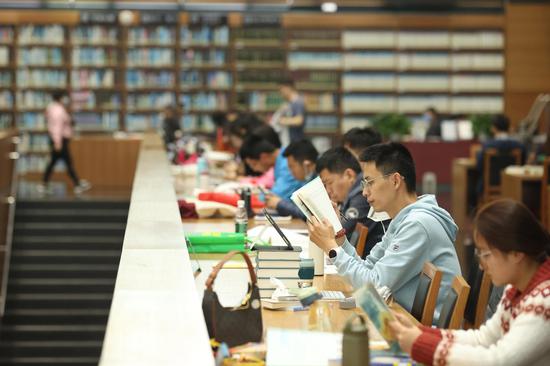
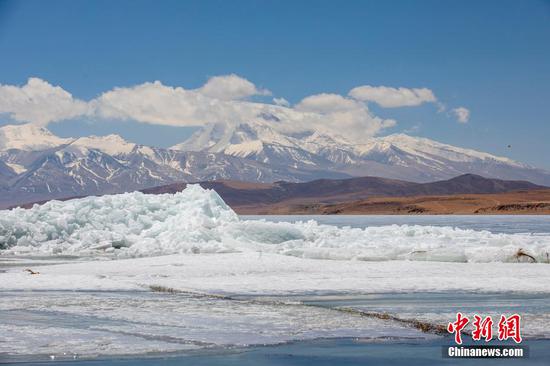

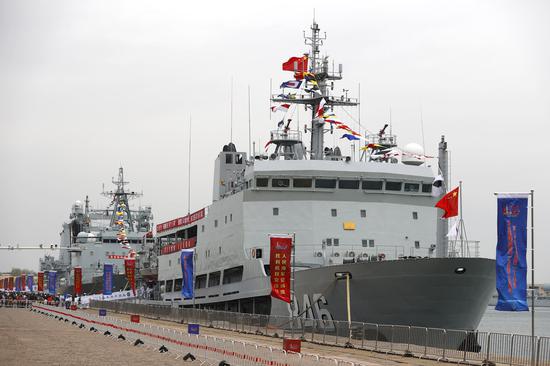



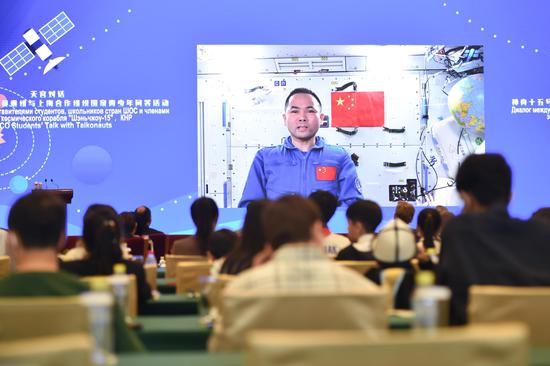
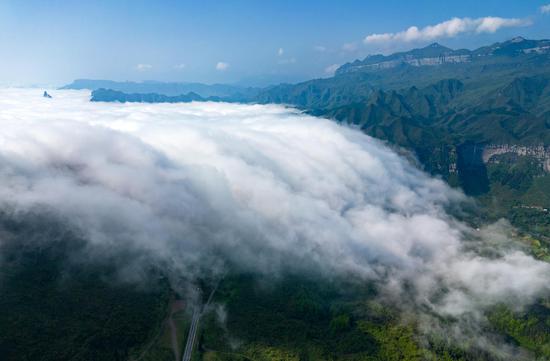
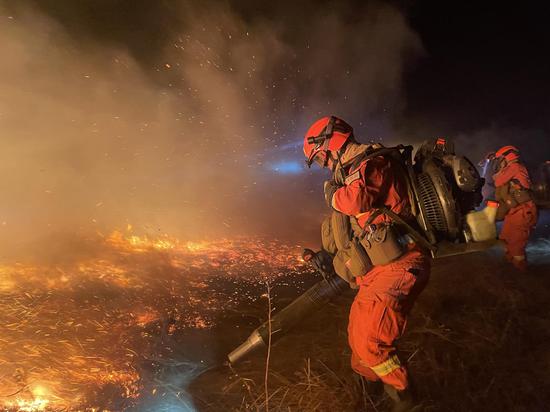

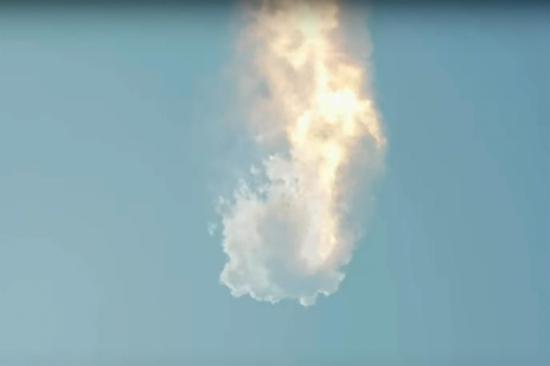

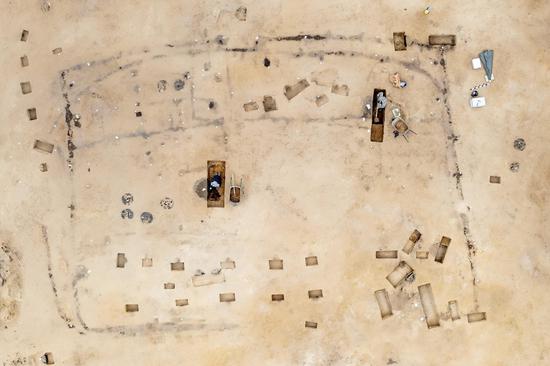

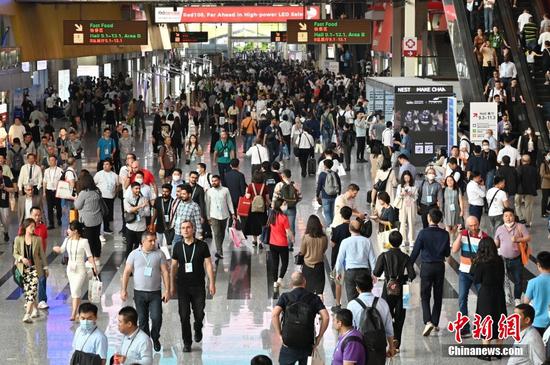
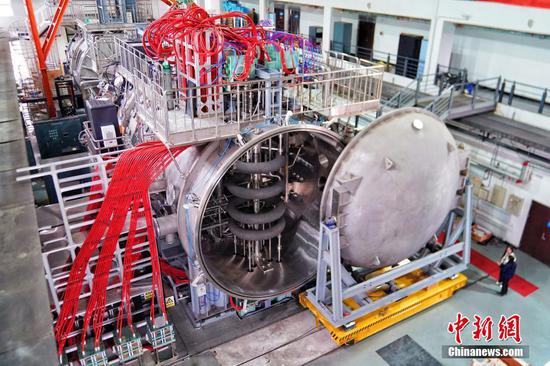

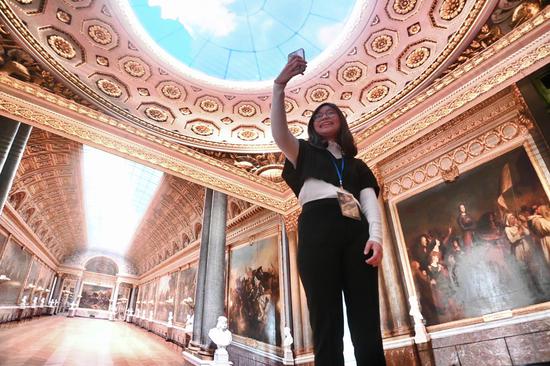




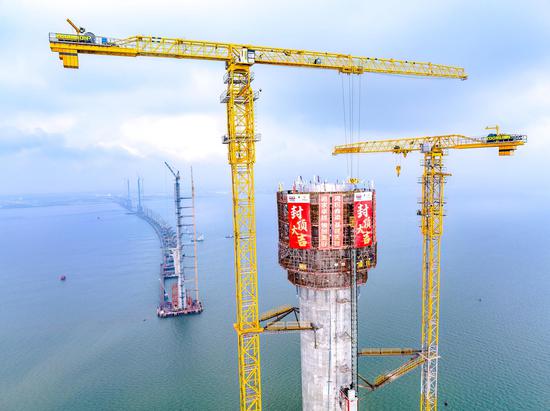

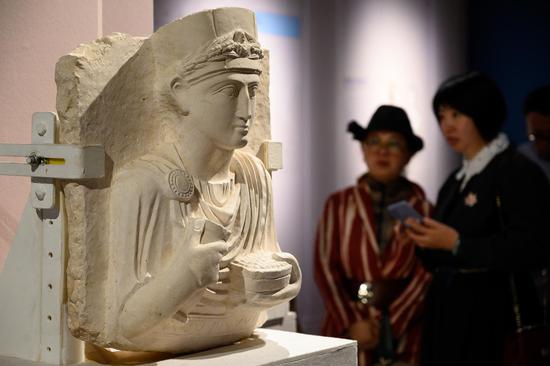


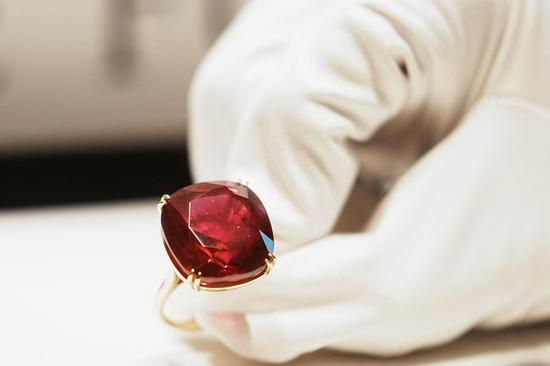




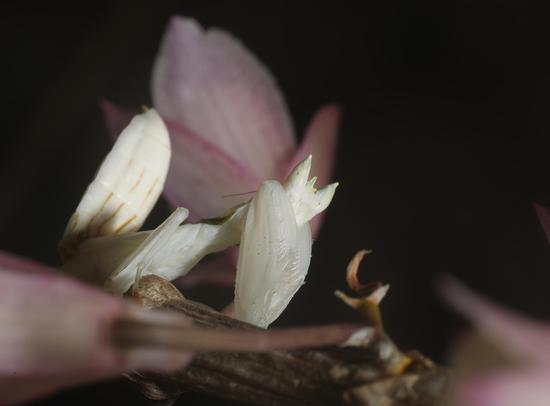

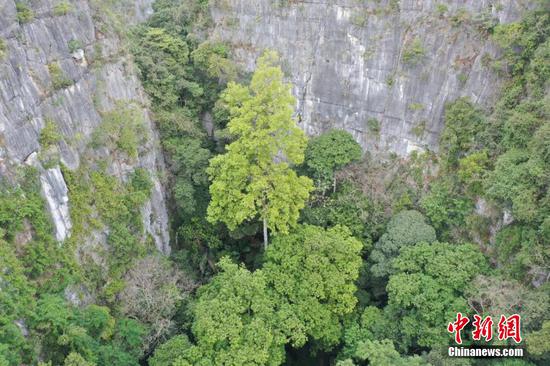
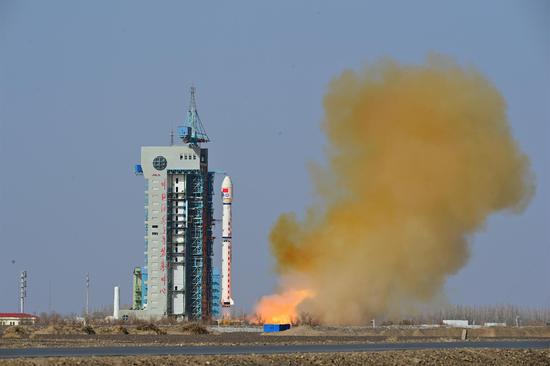



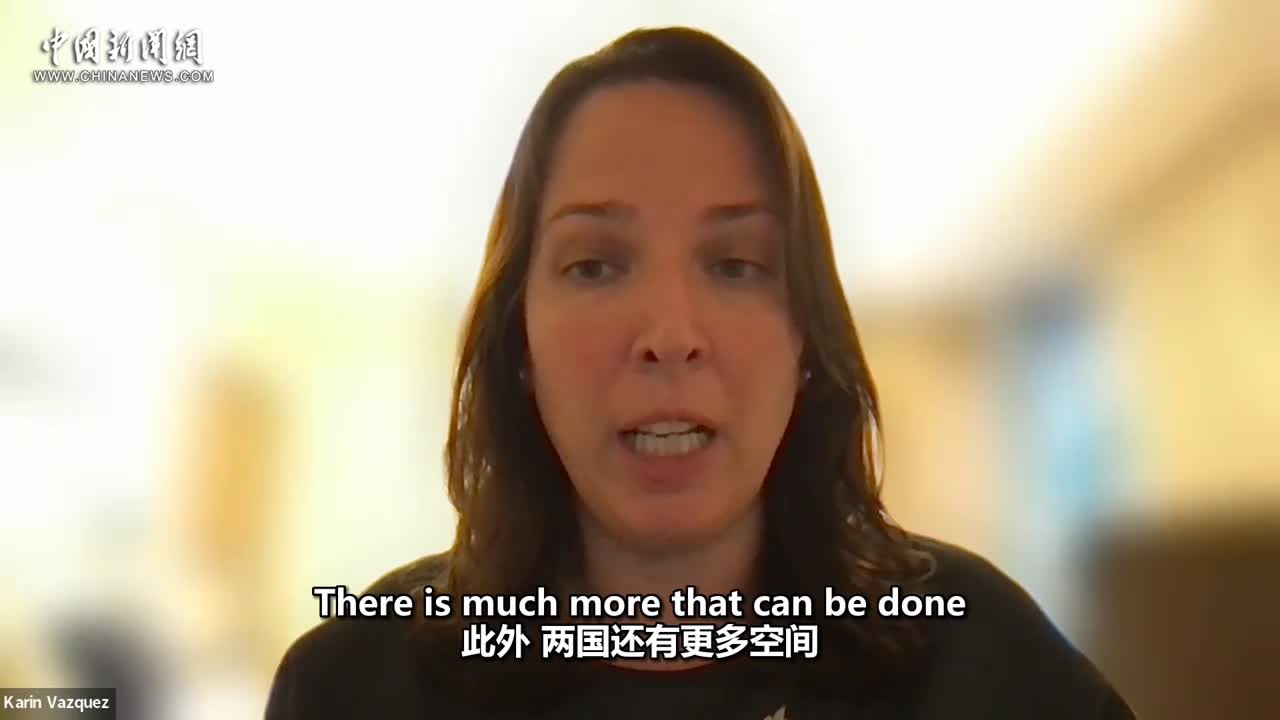

 京公网安备 11010202009201号
京公网安备 11010202009201号